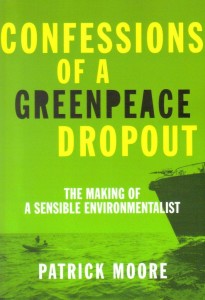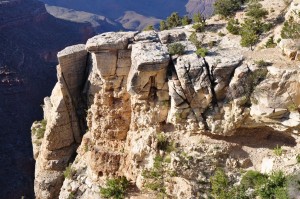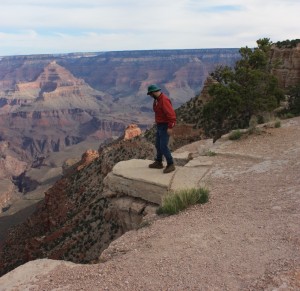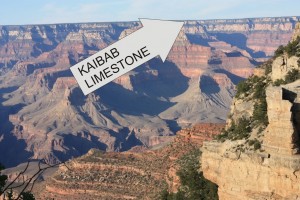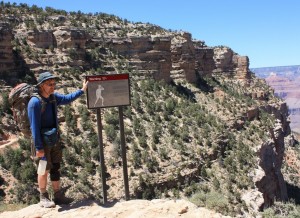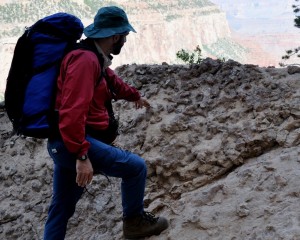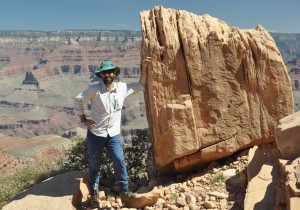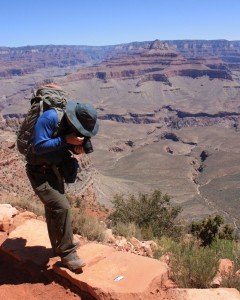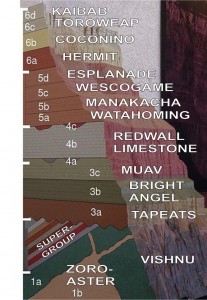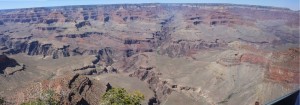The Wikipedia/Reddit/BoingBoing protest today, stemming from the SOPA “Stop On-line Piracy Act” and PIPA “Protect Intellectual Property Act” legislation pending in the Excited States was an interesting event. The issues are huge: freedom of information versus ownership of intellectual property, or at least how it is being cast.
So I am now going to do a long rant, almost as dull as looking at Wiki’s black page today.
I think this is a fight between an existing paradigm for information and the opening of a whole new world. This is nothing less than the first strike in WWW 3.0 with the old media (print, music, motion pictures) finally understanding that their business model is dead, but they will not go down without a fight.
More importantly, this is definitely NOT a battle between the “little guy” every day internet users and file sharers and the “Big Business” people who make movies, run record labels and produce printed materials. The antagonists here are one type of Big Business (record labels, movie studios, TV networks) and another type of Big Business (Google, YouTube, Wikipedia). To one group, the “little guy” is a customer, to the other, he is the product.
The Business Model of the old media was to sell you content. You bought books, you bought movie tickets, you bought records. Pretty simple. The improvement on this was the business model where you get the print or the music or the movie for free, but they sell your attention to a third party advertiser – Newspapers, Radio, Network TV. The internet has completed that transition, as the only real product Google has is your attention. “Free” websites like those taking part in the blackout today make a lot of money selling your attention to advertisers. Wikipedia is amazing, as they get the users to generate the content – as I guess Google does with things like Blogger, the “free” host of this blog. I’m sure they are tracking your use, after all, I can go to Google Analytics and download the stats for my Blog, including stats about the people who visit it.
There is a market for websurfing info. I met a woman a few weeks ago who worked for a marketing research firm, they had 200,000 “volunteers” who shared their surfing habits with her firm, who stats-massaged them, then packaged them into marketing plans for clients. She was reluctant to mention it, but admitted most of the “volunteers” had no idea they were volunteers, because they didn’t read the small print of their terms and conditions of some free “App” they downloaded for their iPhones.
So the SOPA and PIPA Act battle seems to be between old media, who want to make you pay for content, and new media, who want to make it easy for you to share content you may or may not have created, as long as they can track how you do it.
Frankly, I don’t give a damn. Because the internet is, in my opinion, too big to stop. The whole purpose of it is to be distributed, and the Old Media types can whack-a-mole with sites trying to “steal” their intellectual property, but they will never win. I’m not saying it is right, I’m saying it is reality. Old Media would be better served trying to update their business models before they join the buggy whip and quill pen industries in the dustbin of old ideas.
Still, isn’t this about freedom of information, you say? I guess it is, but primarily, it is about the freedom of bad information. If I am going to fight a freedom of information battle, it will be against Elsevier and the Research Works Act. This Act will ensure that the private sector will be rewarded by having the exclusive distribution rights to academic research papers.
For those of you not in science, let me explain. When Patrick Johnstone, researcher, does a bit of science, he tries to publish it in a peer reviewed journal. You do this for several reasons: it provides legitimacy to the research you do, to is the easiest way to share your data and results with other researchers – they an vet it, they can prove it wrong, they can build on it. That is how science works. We also do it because our worth as a researcher is often measured by out ability to publish original work in academic journals. In a sen se, these journals are the currency of science
In the good old days, these journals were produced by academic organizations, say, the Canadian Journal of Earth Sciences is produced by the Geological Association of Canada. If you were a member of the GAC, you got a copy of the CJES every month, and Academic institutions would get copies for their libraries. Students and other researchers would go to the library and (illegally – but that’s the grey area) photocopy papers from the Journal and cite them, learn from them, etc.
However, publishing and producing these journals, distributing them to libraries and – this is more important – creating on-line access to papers and searchable databases of their content – soon became the interest of a few Multi-national Corporations. Elsevier being probably the biggest. This is a Dutch company that also does great business running arms shows, but that’s another story.
As a result, for scientific researchers to share data over this great technology designed originally to allow scientific researchers to share data – the internet – they gotta pay Elsevier or the like. If you search for the paper I wrote in 2006 while doing my Masters, you can find it mentioned in library search engines, but if you try to read it on line you get this. Ingenta Corporation owns it. You can read it for $40. Trust me, I will see none of that money. I have no right to that intellectual property.
Or you can do what this instructor has done, and put it on line illegally. Which I, as the author, might be OK with (no money out of my pocket), but the Research Works Act wants to make sure is very illegal.
I can hear you now – Who cares? A couple of tweedy-sleeved academics can’t own their vanity projects. But the problem isn’t my little paper about some obscure rock outcrops in the Gulf Islands (talk about Crappy Information!), it is about how academic data will be kept more separate from the public at a time when the entire world is shifting towards freer exchange of information.
So when the topic of Anthropogenic Climate Change comes up, a crank like “Lord” Monkton can make a bunch of bald assertions about how CO2 is good for plants, and therefore climate change isn’t a problem, then back it up with an opinion piece in the Daily Telegraph and a blog post put out by the Heartland Institute. It’s all bullshit, but it looks legit to the average reader. How is a curious person to know? A well-intentioned scientist could refute the points made by Monkton with a ream of scientific data to the contrary. She could even give you links to 20 or 30 peer reviewed scientific articles that clearly demonstrate the falsehood of Monkton’s statements. But you won’t be able to read them unless you pay $100 or more to get past Elsevier’s paywall.
So the freedom of information question to me is this: What is the fate of our discourse in the WalMart world if bullshit is free, but factual scientific data costs large?

